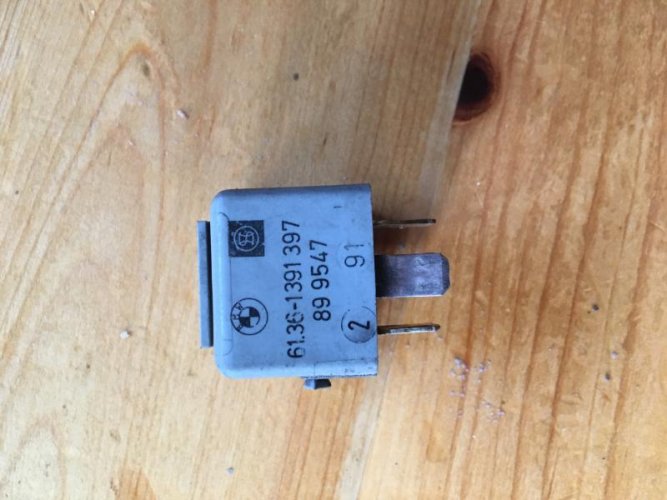mmorgenroth
New member
On my 1991 R100GS the horn, indicators and all lights don't work with the key in the ON position while break lights do work.
In the park position the lights work. All fuses seem ok, too.
Any ideas?
In the park position the lights work. All fuses seem ok, too.
Any ideas?






